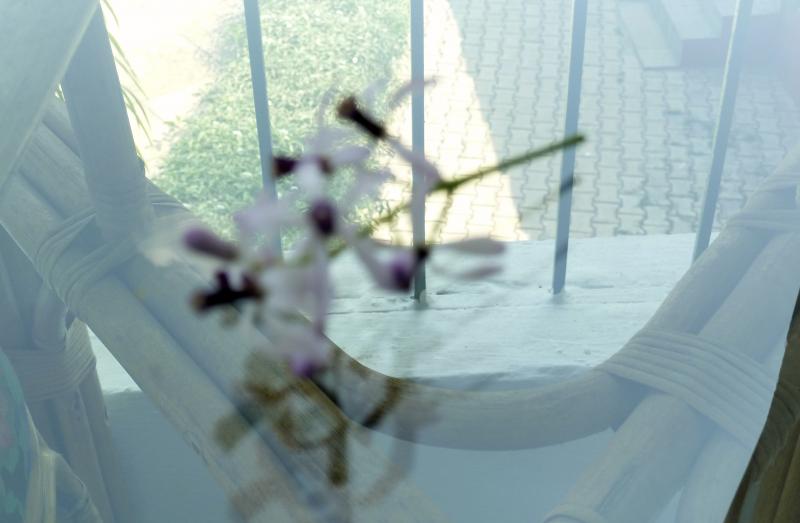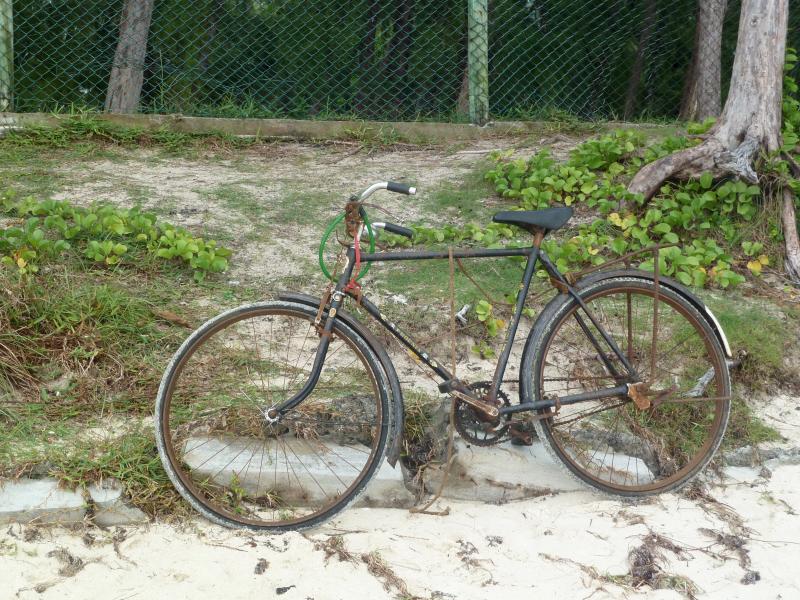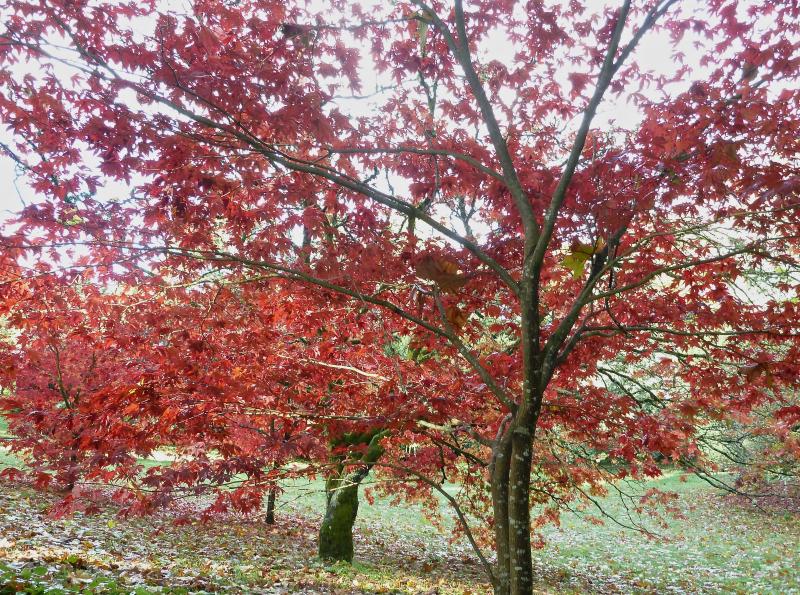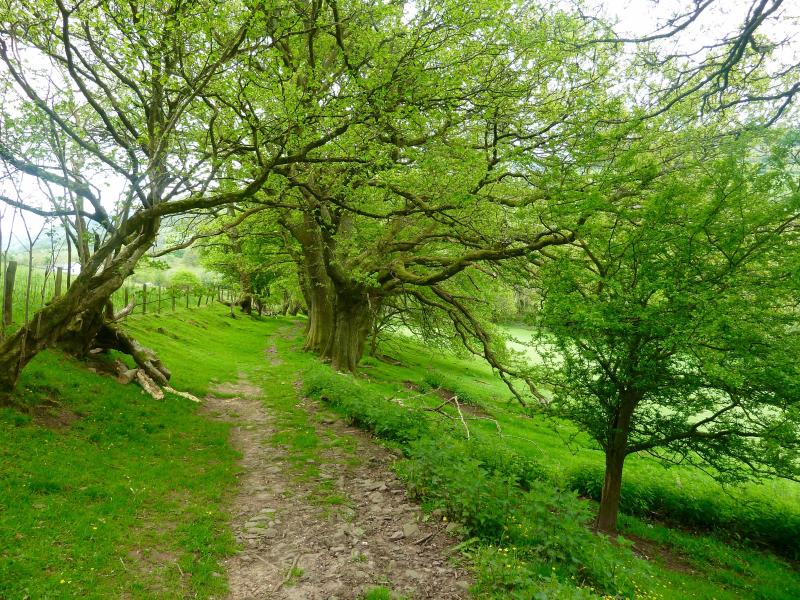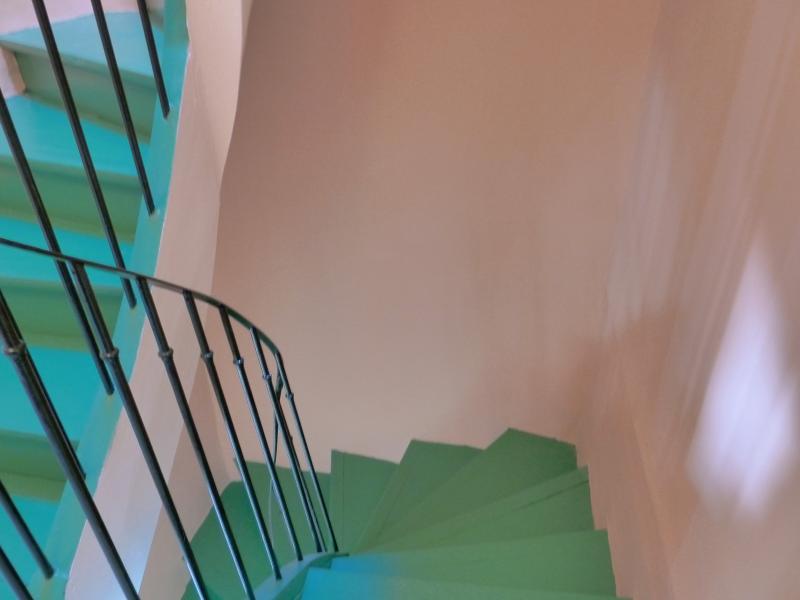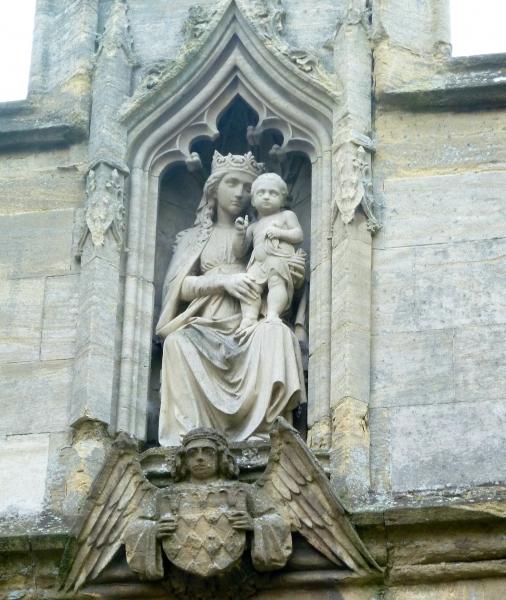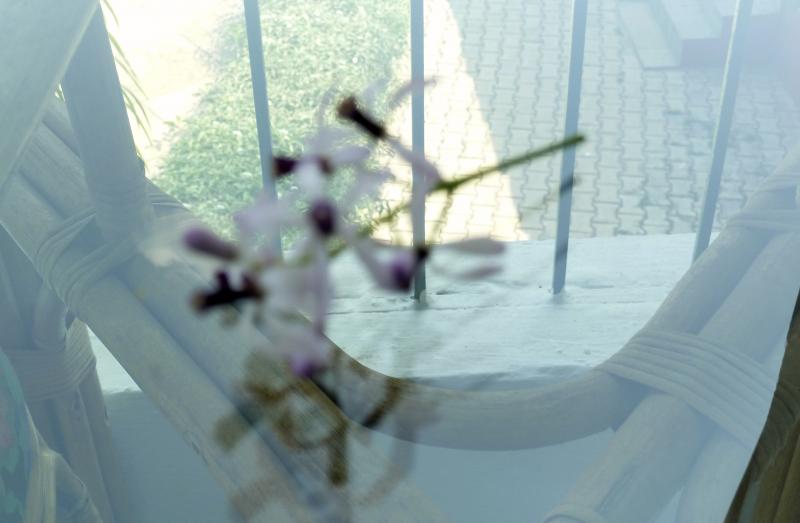
the spooky interior of Sikander Lodi’s tomb
At the Convent of Jesus and Mary, on the Feast Days of Saints David, Andrew, George and Patrick, Reverend Mother announced a picnic for the girls belonging to the House named for one of the four saints. I seem to remember I was a Saint David’s girl and on March 1 we brought a picnic to school. Parathas and pickle for some and egg and tomato sandwiches for others, along with bottled water. One girl brought milk in a blue Milk of Magnesia container which made me feel sick.
We piled into the maroon and cream coloured buses (“Francis,” “Raphael”, “Michael”) driven by school drivers called Massia ( a corruption of Messiah) or John, arriving at the North gate from where we were shepherded into the safety of Sikander Lodi’s tomb. The neem tree in the above photo was where we would unpack our tiffin, quickly dispersing to explore the alcoves and sandstone masonry which were heavy with memories of the dim past. The walled enclosure- built in order to secure the tomb of the Afghan king Sikander Lodi from being plundered- was a safe enough haven for the hundred odd girls, wearing the winter uniform of tailored grey culottes, white shirt with three red buttons, red belt, red socks and white shoes topped off with a red cardigan. We climbed the stone steps up the octagonal tomb, braving the pigeons, the creepy grave and tried to rouse echoes from the dome which was hardly visible in the darkness.
We watched parrots swooping from the asoka trees to the dome and little grey squirrels leaping, we felt the cool of the tender green grass and played hide-and-seek. I wish we’d been made to read T.G.P. Spear’s chapter on the Lodi’s (the new edition is edited and annotated by the eminent historian Narayani Gupta, who was one of the girls on the school picnic). The Lodis were an Afghan clan who succeeded another Afghan clan, the Sayyids, and conquered Northern India. Nizam Khan Sikander Lodi’s tomb- in which we imagined ghosts- died in 1517 after founding the city of Agra in 1504. Vasco da Gama was landing in Goa at about the same time. The last Lodi, Ibrahim, was defeated at the momentous Battle of Panipat by the first Mogul, Babur who was Turco-Mongol.
All conquerors. And none more so than the British whose formidable Vicereine, Lady Willingdon, in 1936 demanded a walking park, like Hyde Park, to be created from the jungle in which the tombs lay sleeping. Her name lived on in a hospital, swimming bath, Airport, Stadium and she even commemorated her nonentity son (the second Marquis) in Ratendone Road. However, nationalism made sure that all these imperial tokens were exchanged for indigenous place names.

Verandah encircling the tomb

‘use ME’ and ‘Save girl child’ bin
Lodi Garden is one of three or four green lungs in the most polluted city on the planet. Landscaping continues, with paths and vistas and plantings. There are cunningly placed green benches for lovers, a network of paths for walkers, visitors marvel at the fish swimming in the ponds, birds love the habitat and so do stray dogs as well as pooches on leads.

man reading paper on the mosque steps
There are several tombs in the gardens and a large mosque attached to the largest tomb.

Bara Gumbad with mosque adjacent














